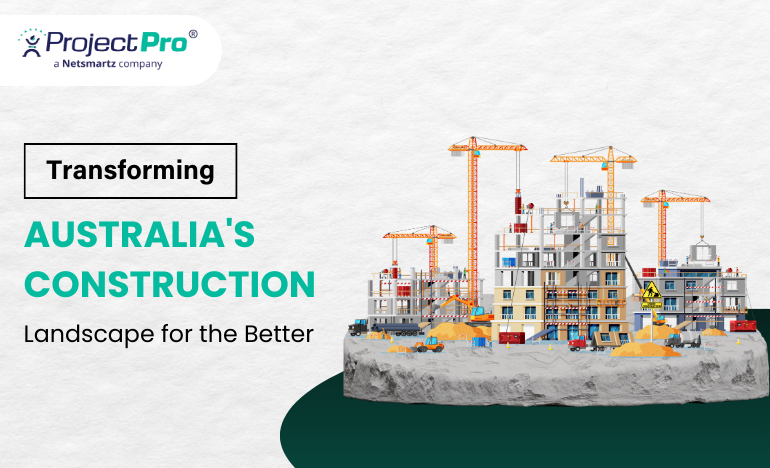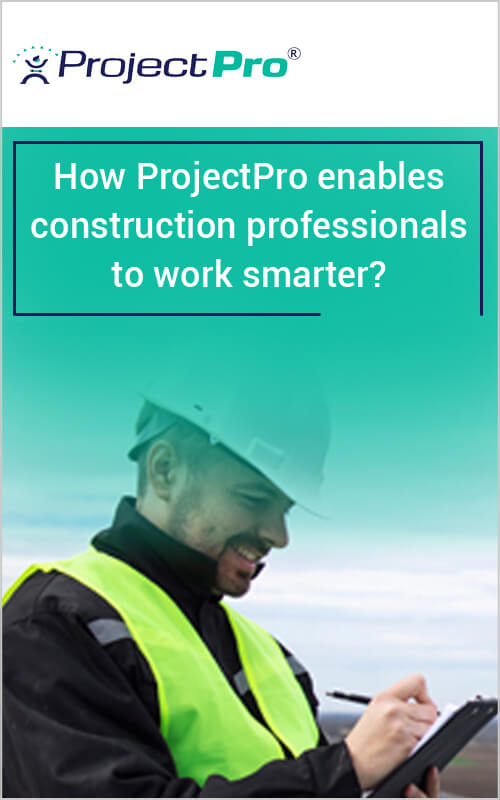OSHA’s COVID-19 National Emphasis Program: What Does It Mean For Construction Industry?
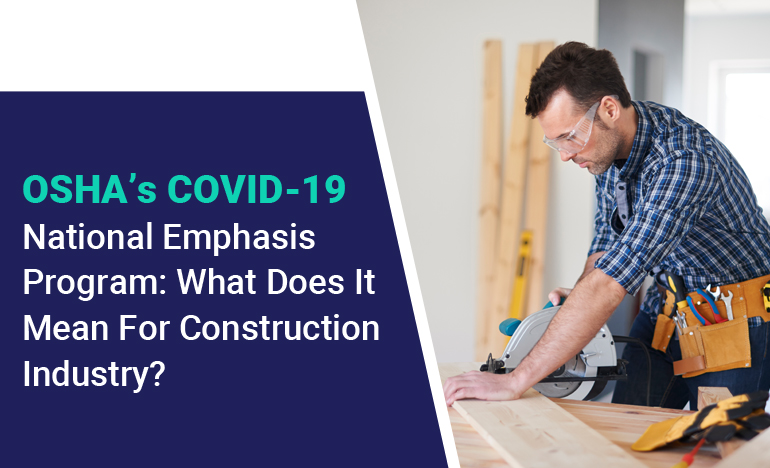
Even though the present situation of the United States seems to be much controlled, Biden Government seems to be very active with their efforts to prevent further exposure or spread. Especially, after the sudden surge of COVID-19 in different parts of the world, United States has turned to be extra cautious of how severe the situation could turn.
Since the business industries and workplaces are the most common points of contact that might cause the spread, OSHA and Biden Government declared the National Emphasis Program or NEP on March 12, 2021, which has been implemented immediately and will stay in effect for next 12 months, until the next order for renewal is introduced.
The NEP has been brought to action to encourage the virus-related inspections and workplaces that will be found overriding the safety standards made to prevent the spread are likely to be cited under Occupational Health and Safety Act’s General Duty Clause. Following the executive order from January 21, President Biden directed OSHA to issue NEP while asking the OSHA authorities to consider any need for establishing Emergency Temporary Standard for COVID-19.
Though there is no such update from OSHA on defining the emergency standard, Federal OSHA has directed state OSHA to confirm their agreement with NEP within 60 days from March 12 or notify them on adopting existing standards and policies drafted in concern to COVID-19 exposure at workplace.
But the most important question is, “Why Do Construction Companies Need To Bother Over NEP?” Don’t worry, we have the answer…
With the orders to implement NEP, OSHA has focus on two “Master Lists” which are mentioned in Appendix A and Appendix B. The list contains the industries and workplaces which are more likely to have an exposure to COVID-19.Appendix B contains the secondary industries that needs to be targeted, having a dedicated section that includes “Construction of Buildings” (NAICS 236XXX); “Heavy and Civil Engineering Construction” (NAICS 237XXX); and “Specialty Trade Contractors” (NAICS 238XXX).
However, the construction employers in the list could be randomly picked depending upon the terms of NEP for a programmed inspection. This is why construction firms need to be prepared for the any kind of attempted expansion or non-programed inspection that might occur under NEP. Since these inspections could be done unplanned under the non-programmed inspections, any kind of injury report, illness, or complaint raised at a site could be the cause of liability for construction employers.
It is very likely that OSHA may even call for unprogrammed inspections for multi-employer site or multiple contractors in case any incident of exposure, illness or injury is reported against a construction firm.
What Would These Inspections Be Like?
Opening Conference
The inspections are likely to begin with an opening conference that will aim at confirming the safety of the OSHA’s Compliance Safety & Health Officers. These meetings will be done in properly sanitized facilities like conference halls or outdoor locations where social distancing norms could be followed.
During the opening conferences, the OSHA’s Compliance Safety and Health Officers would have direct interaction with the employer representatives and employees on wearing of face coverings and following other exposure prevention norms. Also, the CSHOs will speak with infection control director, employer’s safety director, and other experts who are responsible for planning site safety and protection against COVID-19.
Document Review
After the opening conference, the next thing that CHSO’s are going to aim at is document review. Under this, the employer’s safety and health plan will be checked in the documents, especially for mitigating or eliminating the spread of COVID-19 or exposure control at site. Some of the key points that will be on the OSHA’s checklist will include:
- All documents showing purchase of PPE
- Employee training records pertaining to use of PPE and other exposure protection policies/procedures
- Hazard assessment of the employers along with PPE policies
- Employer’s respiratory protection program
- Medical records/logs on exposure incidents
- Policies or administrative controls implemented to encourage social distancing at site
Site Walkaround
Once done with opening conference and document review, the next thing that will be worked is the site walkaround. However, it would entirely depend on the information submitted and the interviews that what areas of the site would be checked. Most likely, the site inspection would be done for areas where there are chances of not adhering to the social distancing norms, face covering guidelines, or anything that signals extensive risk of transmission.
Preparing For The NEP: What Construction Employers Need To Do?
Preparing for any of the programmed or unprogrammed inspections would need employers to have a written record of all the policies and procedures established to control the spread of COVID-19 at the construction site. This should include all the control strategies, or anything related to employee training on the COVID-19 policies. Also, the employers need to have complete record of the training done in concern to use of PPE, implementing social distancing, and wearing face coverings.
As long as it is concerned to COVID-19 policies and procedures, these are protocols made to keep the workplace clean and sanitized. Therefore, it is necessary that construction employers should give special attention to cleaning and sanitization of the areas that are risk-prone due to higher frequency of touch.
Some of the common areas that must be looked include restrooms, doorknobs, office trailers, break areas, steering wheel, and other equipment which is frequently used. Also, employers should have a check on employee training for preventing any hazards related to chemicals or keeping the work area clean as per the written documents. Employers can even follow OSHA’s Hazard Communication Standard to comply with the defined safety norms.
Lastly, social distancing must be promoted by the employers by altering the shift timings for the employees as well as reducing the possible chances of contact. This can be achieved by reducing meetings in conference halls and limiting the gatherings in break rooms, office, etc. Also, walking routes at the site could be planned to allow a single way movement of the traffic encouraging no head-on contact.
Preparing For The Heat Stress Implications
With all the COVID-19 regulations becoming more strict than ever, construction employers may need to deal with another summer of using PPEs, face masks, and social distancing. Since there have been many studies that have shown that wearing face masks could lead to heat stress at workplace, employers should need to prepare well to avoid any health issues at site.
Employers can prepare for this by planning additional break time for employees where they can relax in air-conditioned areas or may be work could be scheduled in the early morning when there is low heat and humidity. Moreover, additional stock of masks and PPE could be arranged at the site so that workers should not have any trouble breathing due to sweat-soaked masks.
At present, more and more construction companies as well as other workplaces are in doubt about COVID-19 NEP amid all vaccination drives held around United States. However, the Biden government seems to be extra concerned when it comes to public health and safety making them aim towards workplace protection.
Also, it is more of good for the employers as implementing proper policies and procedures at site could help them continue their business with more ease leaving no or minimal chance of exposure.

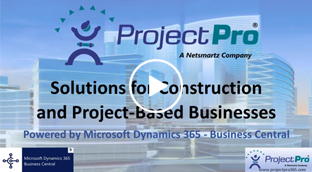
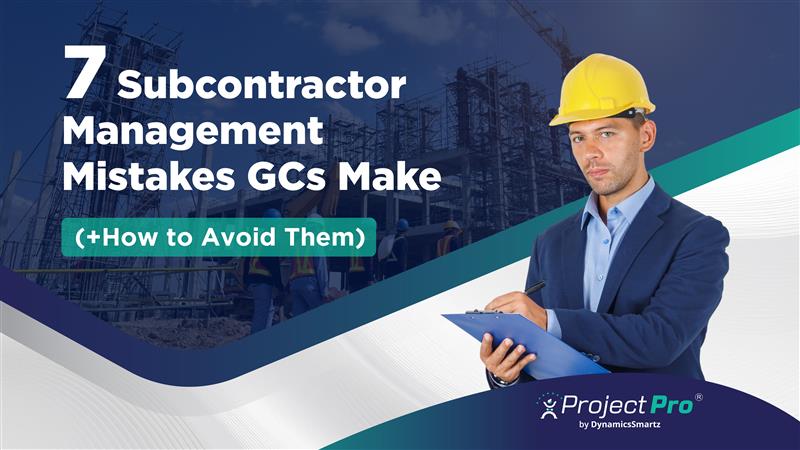

.jpg)

